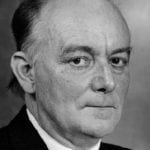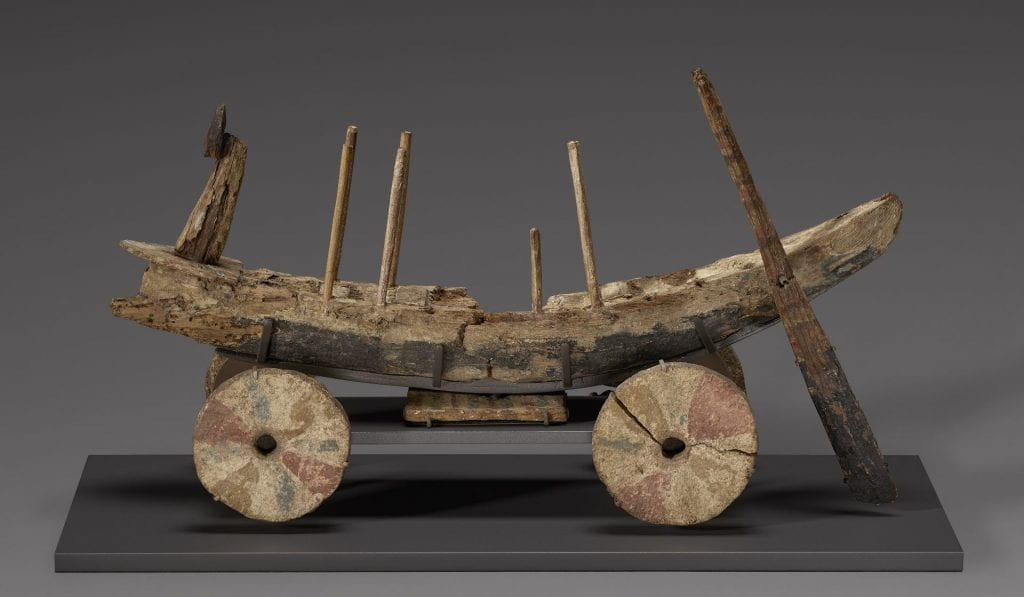Revealing the Characters behind the Petrie Museum Collection
By Anna E Garnett, on 28 September 2020
During Spring/Summer 2020, when UCL was closed due to the coronavirus pandemic, UCL Culture’s curatorial team worked with students from the Institute of Archaeology’s MA Museum Studies on our first-ever virtual work placements. These projects, which included archive transcription, documentation and object label writing, provided opportunities for the students to gain practical curatorial skills to prepare them for their future careers while undertaking valuable work towards better understanding the collections.
This blog post was written by Giulia Marinos and Alexandra Baker, UCL MA Museum Studies students.
The Petrie Museum is named after the Egyptologist Flinders Petrie, but there are many other individuals whose work was also integral to the development of the Museum and its collection. As part of our summer placement project, we have designed object trails for each of these little-known ‘characters’, telling the story of their lives and work through objects that can be found in the Petrie. This project complements the recently redeveloped entrance gallery of the Petrie Museum that highlights several individuals that were involved in the collection and preservation of the museum.
Margaret Murray
One of our object trails explores the fascinating life and work of the archaeologist, Egyptologist, feminist and centenarian Margaret Murray (1863–1963). One of Petrie’s first Egyptology students, Murray soon played a vital role in the development and running of UCL’s Department of Egyptology. Importantly, Murray took over Petrie’s teaching duties when he was away on excavation (which was for most of the year!). It is Murray who we should thank for training subsequent generations of successful UCL Egyptologists and archaeologists, including Gertrude Caton-Thompson, Veronica Seton-Williams and Robert Faulkner. Murray’s object trail sheds light on her important work, which has often been overshadowed by that of Petrie.
Ali Suefi
Another trail focuses on Ali Suefi, an Egyptian fisherman from Lahun who oversaw excavations in Egypt for over 30 years, and who Petrie called his ‘best lad’. The trail includes some of the objects that Ali Suefi is credited to have found. We are lucky to know as much as we do about Ali Suefi from the details documented in the Petrie Museum’s archives, but it is important to consider how many other people were involved and contributed to Petrie’s success and fame that do not get any recognition. This is due in part to the skewed biases of archives: what gets preserved and what is deemed important to record at the time. It is also likely due in part to the unequal power dynamics and systematic disenfranchisement of Egyptians in the fields of archaeology and Egyptology.
Our research project—to recognize the many diverse voices and individuals involved in the Petrie Museum collection—reflects wider efforts within the fields of archaeology and Egyptology. Such disciplines historically focused on ‘heroic’ white-male figures at the exclusion and expense of the agencies of the many actors involved in the processes of excavation, collecting and museum work.
To learn more about the often-under-recognised individuals in the fields of Egyptology and Archaeology, we recommend Wendy Doyon’s 2017 chapter “The History of Archaeology through the Eyes of the Egyptians” and Alice Stevenson’s Scattered Finds, available as a free download from UCL Press.
Giulia Marinos and Alexandra Baker are MA Museum Studies students at UCL’s Institute of Archaeology. Their summer placement was designed and supported by Dr. Anna Garnett, Curator of the Petrie Museum of Egyptian and Sudanese Archaeology.
 Close
Close











